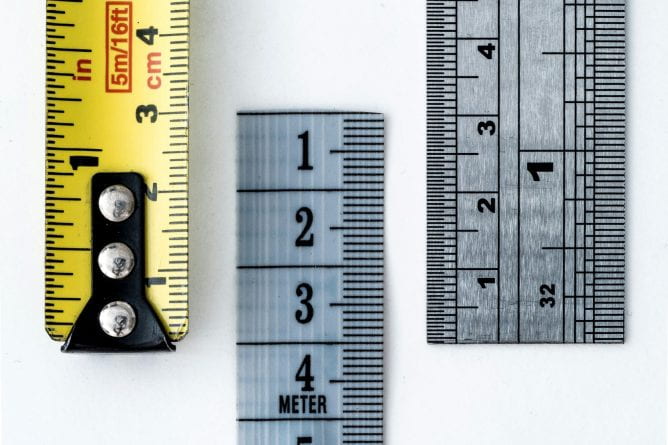Category: Teaching & Learning Resources
-
Event Follow-Up: Improving Accessibility in Learning Materials
By
|
On Wednesday, Mar. 6, 2024, CATL teamed up with Assistant Professor of Humanities, Kristopher Purzycki, for a workshop on improving the accessibility of educational resources shared in courses and on campus. This session explored common accessibility pitfalls in crafting digital learning materials, covering tasks like creating and sharing PowerPoint presentations, PDFs, and Canvas elements such…
-
Three Types of Activities (Absorb, Do, Connect)
By
|
In higher education, the effectiveness of teaching plays a significant role in how students engage with the material and achieve learning outcomes. One approach to structuring the course activities involves categorizing them into three distinct types: Absorb, Do, and Connect. By classifying activities this way and designing them intentionally to meet dynamic learning objectives, instructors…
-
Event Follow-Up: Students’ Experiences at UWGB via Neurodiverse Viewpoints
By
|
What are some ways that instructors can support neurodiverse students? On Wednesday, Feb. 7, 2024, CATL collaborated with Assistant Vice Chancellor Stacie Christian to host a student panel on neurodiversity. Six student panelists shared their experiences as neurodiverse learners, including common barriers and misconceptions related to neurodiversity. We’ve compiled some common themes from students’ recommendations…
-
“Zeroing in” on Canvas Gradebook Accuracy
By
|
A major benefit of using the Canvas gradebook to keep your grades is that it gives students a live and continuously updated view of their standing in the course. For better or worse, students trust that the grade shown to them in Canvas is an accurate measure of their current achievement and a predictor of…
-

What to Do with Student Evaluation Feedback
By
|
The student evaluation of teaching process can produce anxiety in instructors at all career stages. No matter how confident you are in your teaching, being evaluated can feel as though your teaching style, pedagogy, and even personality are being put under a microscope. Turning this anxiety into a productive process for your class can be…

